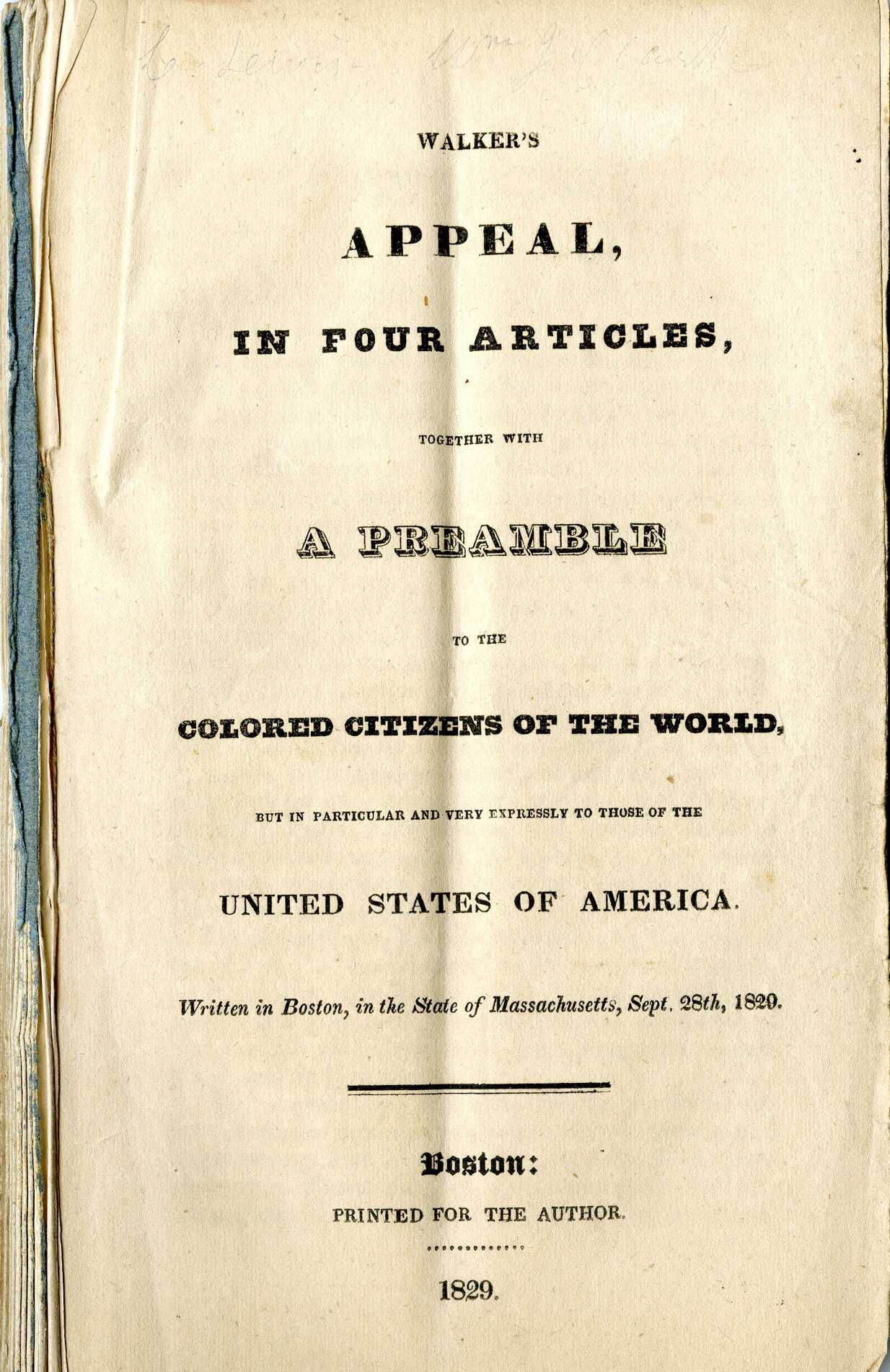Chapter 2
Codifying Slavery
Leaders of the young nation felt that God granted them a manifest destiny to expand landownership, capitalism, and slavery from sea to shining sea. They achieved their goals through far-reaching and impactful legislation. Slavery rested at the heart of such legislation that laid the foundation for generations that followed. Indigenous people faced forced removal from their homelands while yeoman white farmers and poor whites competed with the planter elite to gain access to a piece of the American pie. Meanwhile African Americans, free and enslaved, fought to survive and pushed the meaning, application, and manifestation of freedom.
The Revolution’s language of liberty influenced government policy. With the Northwest Ordinance, the new nation limited slavery, banning it in territories above the Ohio River (present-day Ohio, Indiana, and Illinois). This act created the nation’s first federally guaranteed free territory. The region became home to many free Black communities.
The expansion of the cotton empire cemented slavery in American society and the economy. Each new territory raised the stakes: would it be slave or free? African Americans responded by enacting new visions of American freedom. Year by year, state by state, territory by territory, African Americans used the press, public protest, and movement to insist that slavery come to an end. This combination of words and actions left a mark on the Constitution and on the practice of political participation, deepening and enriching liberty for all.
The Missouri Compromise, 1820
The Missouri Compromise
Slavery sparked a fierce political struggle in 1820 when Missouri, a slave territory, and Maine, a free state, applied to join the Union. Congress accepted both to preserve the delicate balance of power in the U.S. Senate. To offset the westward spread of slavery, the government also restricted slavery to land below the parallel 36°30’. News of the Missouri Compromise spread quickly. Believing that slavery was weakened, enslaved people in South Carolina led by Denmark Vesey organized for rebellion.
Unable to expand plantation slavery westward, the United States began to look inside its borders for the next cotton frontier. The nation took 25 million acres of Native American territory by removing Choctaw, Chickasaw, Creek, Cherokee, and Seminole from their lands. As one speculator remarked, "I have never in my life seen such a rush for land. This country will be a perfect negro quarter." The expansion forced the migration of tens of thousands of Native Americans along with the African Americans they enslaved.

Be it enacted . . . That in [the Louisiana] territory . . . which lies north of thirty-six degrees and thirty minutes north latitude, not included within [Missouri] . . . slavery . . . is hereby, forever prohibited.
The Missouri Compromise, 1820
David Walker’s Appeal: Early Black Nationalism
Walker’s Appeal . . . to the Coloured Citizens of the World, 1829
David Walker’s fiery 1829 Appeal remains one of the most radical abolitionist documents in history. He encouraged enslaved African Americans to rise up against their owners and free themselves. Walker called on the Colored Citizens of the World to educate themselves, to arm themselves, and to provide for their own communities. His Appeal terrified many white Americans. In response, they tightened repressive laws making it illegal for Black Americans to read, write, or move from place to place.

Kill or be killed . . . and believe this, that it is no more harm for you to kill a man, who is trying to kill you, than it is for you to take a drink of water when thirsty.
David Walker, 1829
The Missouri Compromise, 1820
Indian Removal Act, 1830
The drive to remove Native Americans from their land began with the first colonists in North America and marked a touchstone in American domestic policy. President Andrew Jackson spearheaded the Indian Removal Act through Congress in 1830, giving the president the power to negotiate removal treaties with tribes living east of the Mississippi River. The Act marked a new era in federal policy toward American Indians and resulted in thousands of Native Americans, Black people they enslaved, and others being forcibly migrated from their ancestral homelands. They were resettled west of the Mississippi after traveling what came to be known as the Trail of Tears, and the South gained new lands for exploiting enslaved labor.
Mexican-American War, 1846–1848
The Mexican-American War added more than 525,000 square miles of territory to the United States and was rooted in the expansion of slavery and imperialism. In 1836, in an effort to maintain slavery, Texas established its independence from Mexico, which had abolished slavery in 1829 as a way to control the growing American population in the territory. Ten years later, President James Polk, focused on expansion to the Pacific and making the Republic of Texas a state, faced opposition from both northern abolitionists and southern politicians. Mexico saw the annexation of Texas as a declaration of war.
Black people carved out their own experiences within the conflict, participating as camp and personal servants, sailing on naval ships in the Pacific, and even enlisting as soldiers. While the nation succeeded in the fight, the "wicked war" forever changed the antebellum political landscape and directly set the stage for the Civil War, at the heart of which was slavery.
The Storming of Chapultepec
Enslaved African American Gold Miners
Gold Mine, California, ca. 1852
The Mexican-American War opened new territory and expanded the country from "sea to shining sea." As a direct result of the Mexican Cessation of 1848, the California Gold Rush began in 1849. Men flocked west, and they transported enslaved people with them to help them in the search for vast riches in gold.
